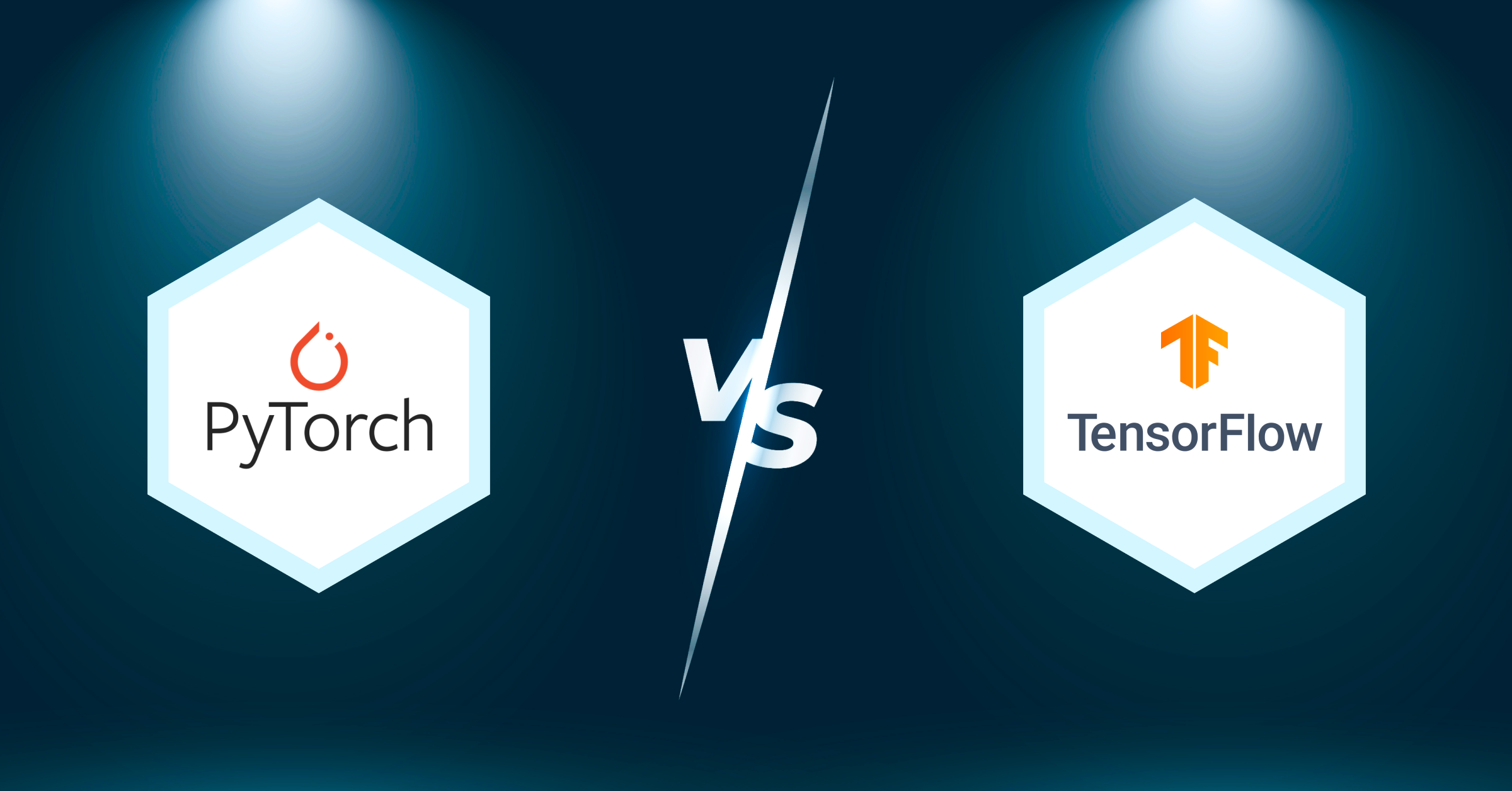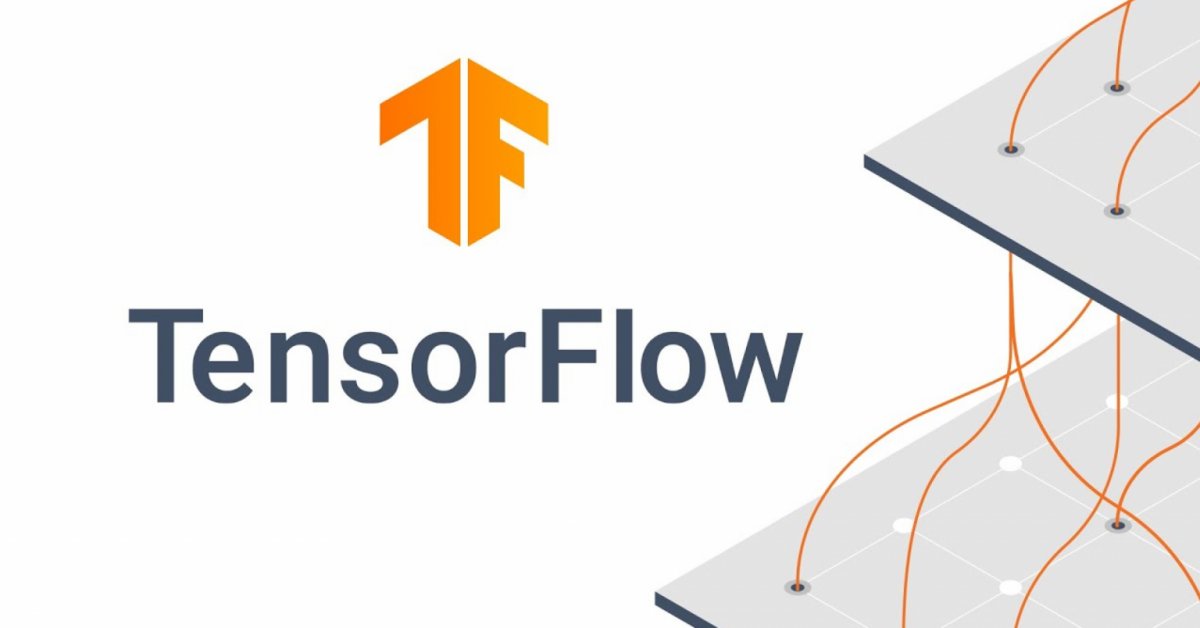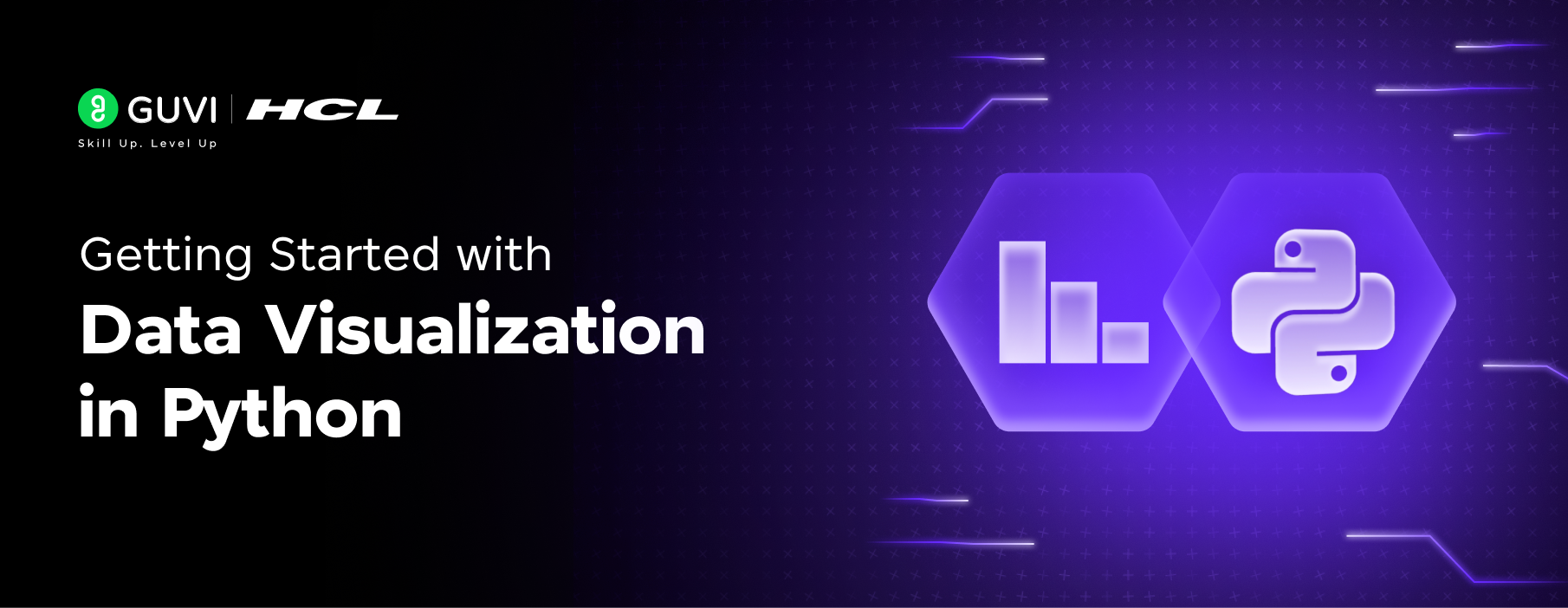
PyTorch vs TensorFlow | 10 Powerful Differences You Must Know!
Jan 18, 2025 4 Min Read 5772 Views
(Last Updated)
Your pocketbook on Pytorch Vs TensorFlow
From personalized shopping and entertainment experiences to face recognitions, chatbots, pharmaceuticals, & much more, Deep Learning is setting up magnificent changes in our lifestyles.
Companies including but not limited to Google, IBM, Intel, Microsoft, Qualcomm, OpenAI, etc., are hugely involved in the deep neural network market.
These corporates incorporate Deep Learning Frameworks to build deep learning models more easily and quickly, without getting into the details of underlying algorithms. Instead of writing hundreds of lines of code, we can use a suitable framework to build such a model quickly.
Among the many Deep Learning Frameworks available in the market today, we will discuss Pytorch and TensorFlow today. Here is a detailed comparison between Pytorch & TensorFlow (Pytorch Vs TensorFlow).
But before we jump into the main differentiation in PyTorch vs TensorFlow, let us understand each one of them individually.
Table of contents
- PyTorch
- Benefits of using PyTorch
- Installation Of PyTorch
- Importing Module
- Advantages and disadvantages of PyTorch
- Top Use Cases of Pytorch
- TensorFlow
- Benefits of using TensorFlow:
- Flexible
- Versatile:
- End-to-End Platform:
- Easy & Robust model building
- Powerful experimentation for research
- Installation Of TensorFlow
- Advantages and disadvantages of TensorFlow
- Top Use Cases of TensorFlow:
- PyTorch vs TensorFlow
PyTorch
If you are looking for a fully featured framework for building deep learning models and for applications such as computer vision and natural language processing then this easy-to-learn and use Python-based Pytorch framework is the ideal pick for you!

This deep learning library was initially released in October 2016 with version 1.1 debuting in spring 2019.
PyTorch is a robust toolkit as it incorporates concepts from other popular frameworks such as Lua Torch, Chainer, and HIPS Autograd. The researchers at Facebook specifically chose Pytorch for its single framework for both research and production AI models.
It provides flexibility to experiment and the ability to launch AI on a large scale. PyTorch also provides the ability to perform tensor computing, the fundamental base of deep learning.
More on Pytorch vs TensorFlow: Best Python Deep Learning Libraries You Should Know!
Benefits of using PyTorch
1. Python-friendly:
Python is the most popular programming language that is dramatically used in multiple technology developments like Data Science, Full Stack Development, Artificial Intelligence, Machine Learning, etc.
PyTorch was built directly with Python in mind, unlike other deep learning libraries and so, every Python user can build great machine learning applications for research prototyping and also production deployment.
2. Easier To Learn, Simpler To Code & Effortless Debugging
PyTorch, compared to any other Deep Learning framework, is easy to learn and way simpler to code. Beginners can depend on the extensive documentation that PyTorch provides.
PyTorch’s computational graph is specified at runtime. This makes it easy to use multiple Python tools in PyTorch. It happens to be a huge advantage because now our favorite Python debugging tools such as pdb, ipdb and PyCharm debugger can be used to debug PyTorch code.
3. Rich ecosystem of tools and libraries:
PyTorch incorporates several tools and libraries. The PyTorch ecosystem includes projects, tools, models, and libraries from a broad community of researchers in academia and industry, application developers, and ML engineers.
PyTorch also has additional benefits like it is
- Optimized for GPUs supported by AWS and Azure,
- Has a strong community of developers
- Data Parallelism
- Developers Productivity
Installation Of PyTorch
- To install PyTorch, we need to install all dependencies such as the latest version of pip, setup tools, numpy, and scipy.
- PyTorch works with/without the CUDA toolkit so accordingly we have to install CUDA.
- Anaconda is the easiest way to install PyTorch because anaconda has all dependent libraries.
- We can install PyTorch by pip3 command as “pip3 install <wheel file path of pytorch>”. Or by anaconda as “conda install < PyTorch path>”. We get the PyTorch path for Anaconda by selecting the programming language on the PyTorch website
Importing Module
After installing PyTorch, we can import it by using the syntax “import torch”
Advantages and disadvantages of PyTorch
Below are some advantages and disadvantages:
Advantages:
- Easy to learn and simpler to code
- Supports cloud platforms
- Easy to debug using Pythons IDE and debugging tools
- Rich set of powerful APIs to extend the Pytorch Libraries
- Dynamic Computational Graph
- Has support for GPU and CPU
- Flexible, faster, and provides optimizations
- Efficient memory usage
Disadvantages: Your call to Pytorch vs TensorFlow
- It has been released in 2016, so it’s new compared to others and has fewer users, and is not widely known.
- Absence of monitoring and visualization tools like a tensor board.
- The developer community is small compared to other frameworks.
Top Use Cases of Pytorch
- Natural Language Processing
- Computer Vision
- Research
- Reinforcement Learning
- Adoption in Automotive Industry
Now let us move to TensorFlow in the comparison between PyTorch vs TensorFlow.
TensorFlow
Now if you need a full production ML pipeline, TensorFlow is the best to opt for. It is an open-source symbolic math library for machine learning. It is based on neural networks.

Above all, it is on data flow and differentiable programming.
Make sure you understand machine learning fundamentals like Python, SQL, deep learning, data cleaning, and cloud services before we explore them in the next section. You should consider joining GUVI’s Artificial Intelligence & Machine Learning Course, which covers tools like Pyspark API, Natural Language Processing, and many more and helps you get hands-on experience by building real-time projects.
Also, if you would like to explore Python through a Self-paced course, try GUVI’s Python course with IIT-M certification.
Google created TensorFlow in November 2015. And the first version of it was released on February 11, 2017. It is written in C++, CUDA, and Python.
TensorFlow’s name originates from the operations, that neural networks perform on multidimensional data arrays, known as tensors.
Furthermore, Tensors are algebraic object, which describes a relationship between sets of algebraic objects related to a vector space.
TensorBoard is a web-based visualization tool. The feature of TensorFlow as a Tensorboard allows for visualizing model parameters, gradients, and performance.
Benefits of using TensorFlow:
1. Flexible
TensorFlow is compatible with almost all devices. Moreover, the introduction of TensorFlow lite has made it much more flexible.
2. Versatile:
Thanks to its multifold features, TensorFlow can easily blend with many Artificial Intelligence, Machine Learning & Deep Learning technologies, making it highly versatile.
3. End-to-End Platform:
Whether you’re an expert or a beginner, TensorFlow is an end-to-end platform that makes it easy for you to build and deploy ML models.
4. Easy & Robust model building
TensorFlow presents multiple levels of abstraction. So, you get to pick the right one for your needs. Build and train models by using the high-level Keras API, which makes getting started with TensorFlow and machine learning easy.
5. Powerful experimentation for research
TensorFlow also supports an ecosystem of powerful add-on libraries and models to experiment with, including Ragged Tensors, TensorFlow Probability, Tensor2Tensor, and BERT.
Installation Of TensorFlow
- Tensorflow works on CPUs and GPUs.
- We can install TensorFlow by using the pip command as “pip3 install <tensorflow wheel file path> or pip3 install tensorflow or pip3 install tensorflow-gpu”.
- We can also install TensorFlow in Anaconda by using the conda command as “conda install tensorflow”.
- To run TensorFlow in GPUs, we need to install the CUDA toolkit first.
- Before installing TensorFlow, we need to first install the latest version of numpy and scipy.
- Importing Module
So, after installing TensorFlow, we can import it by using this syntax “import tensorflow” as tf.
To make a clear choice between PyTorch vs TensorFlow keep reading.
Advantages and disadvantages of TensorFlow
One of the most popularly used Deep Learning frameworks, TensorFlow stands as the trending one in the list. With all its capabilities, it eases the computations of the machine and deep learning. But also makes the process slow and adds a tinge of complexity.
Let’s dig deep and underline the advantages and disadvantages of TensorFlow.
Advantages:
- Open-source platform
- Data visualization with a graphical approach
- Keras Friendly
- Highly Scalable & Compatible
- Excellent community support
Disadvantages:
- Missing Symbolic loops
- Frequent updates
- Inconsistent
- Architectural limitation
- Dependency for execution
- Slow speed & low usage
Top Use Cases of TensorFlow:
- Develop machine learning models.
- Used by product-based firms like Airbnb, Airbus, PayPal, VSCO, Twitter, etc. because it offers an outstanding model.
- Speech & Image Recognition
- Self-driving cars
- Sentiment analysis
- Detection of flaws
- Text summarization
- Mobile image and video processing
Here is a difference between PyTorch & TensorFlow: PyTorch vs TensorFlow
| Sr. No. | PyTorch vs TenserFlow | PyTorch | TensorFlow |
| 1. | Created by | ||
| 2. | Dynamic vs Static: | Dynamic computation graphs | Static computation graphs |
| 3. | Ease of Use | more object-oriented style makes implementing the model less time-consuming | The low-level implementations of the neural network structure induce a slightly steeper learning curve |
| 4. | API Level | Low-level | High-level and Low-level |
| 5. | Visualization | Limited Visualization | Better Visualization |
| 6. | Debugging | Good debugging capabilities | Difficult to conduct debugging |
| 7. | Popularity PyTorch vs TensorFlow | Next to TensorFlow | Most popular |
| 8. | Written In | Python | C++ or Python |
| 9. | Usage | preferred deep-learning library for researchers | more widely used in production |
| 10. | Deployment | Inherent limitations in PyTorch do not allow it to go beyond a certain kind of application | Every type of application including small-scale, high-performance, cross-platform, etc. can be easily deployed. |
PyTorch vs TensorFlow
There is no clear winner here. Which Deep Learning Framework to use between PyTorch and TensorFlow clearly depends on the use case!
Kickstart your Machine Learning journey by enrolling in GUVI’s Artificial Intelligence & Machine Learning Course where you will master technologies like Matplotlib, pandas, SQL, NLP, and deep learning, and build interesting real-life UI/UX projects.
Alternatively, if you want to explore Python through a Self-paced course, try GUVI’s Python certification course.
Are you interested in finding out more about the best Deep Learning Frameworks? Read here: Deep Learning Frameworks.
More articles like Pytorch vs TensorFlow:
Python vs PHP for web development
Machine Learning vs Deep Learning vs Artificial intelligence

















![Top Data Science Programming Languages All Beginners Must Know [2025] 6 data science programming language](https://www.guvi.in/blog/wp-content/uploads/2025/06/Feature-Image-3.png)
![Top 40 Data Science Interview Questions for Freshers [2025] 7 data science interview questions for freshers](https://www.guvi.in/blog/wp-content/uploads/2025/06/Top-40-Data-Science-Interview-Questions-for-Freshers-2025.png)






Did you enjoy this article?